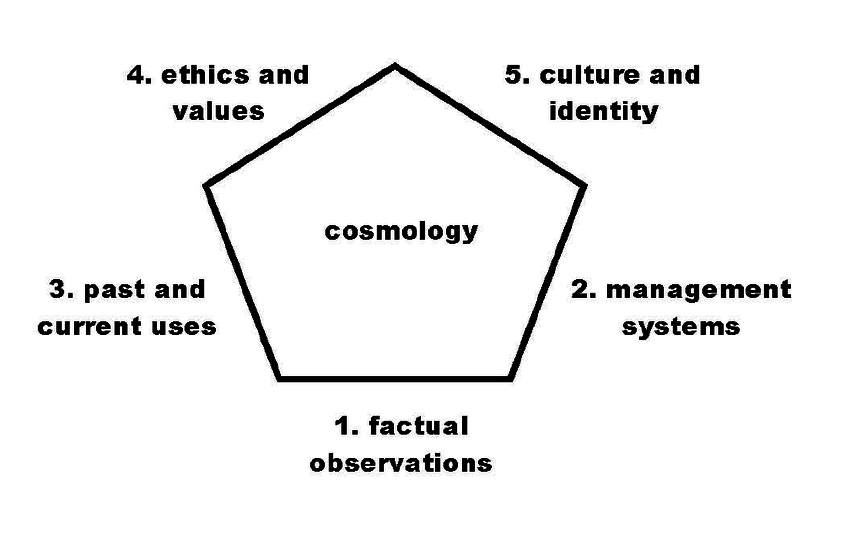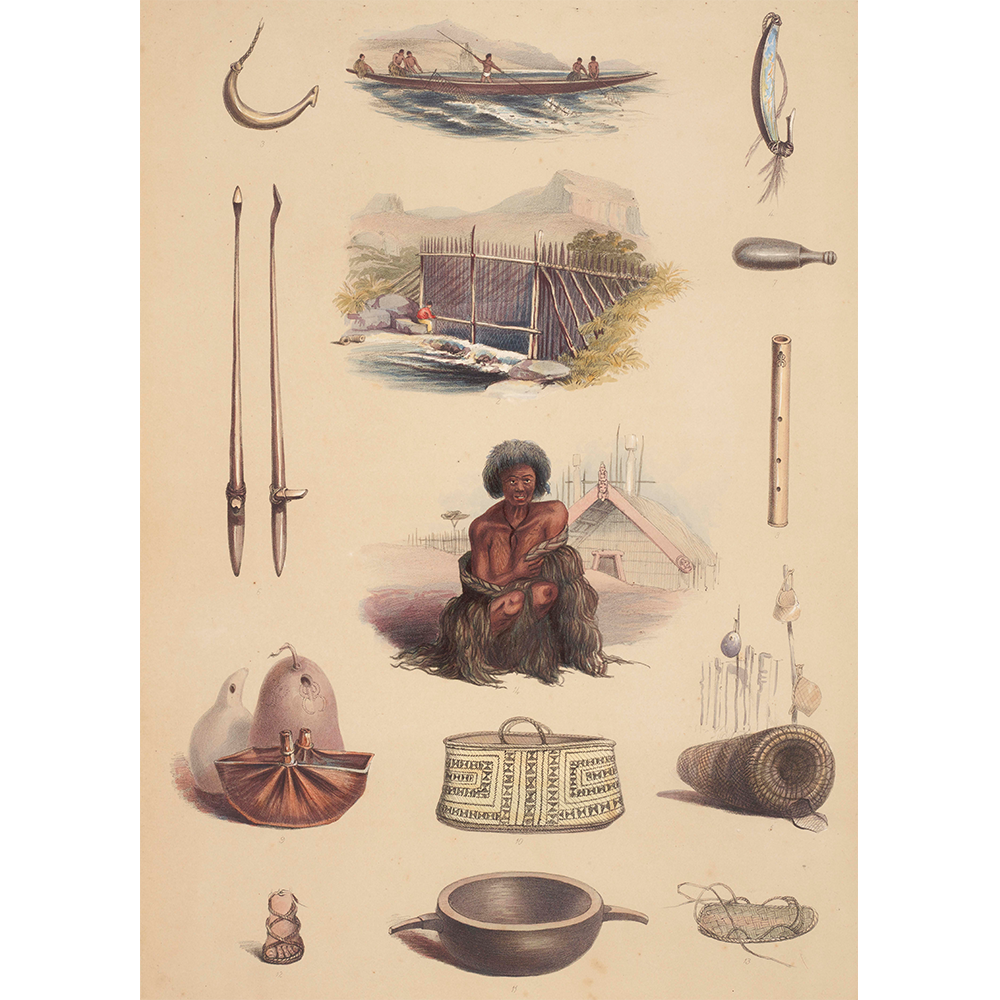When indigenous usage of land is concerned, often times, the state of New Zealand will connect it to Māori Traditional Ecological Knowledge (TEK). While New Zealand paints itself as a bicultural state, where the Māori and Pākehā (non-Māori) coexist, the politics concerning TEK within New Zealand obscures the Māoriconnection to the land. In Māori culture, oral storytelling is very prevalent and these stories are mostly connected to the land and sea. Through these stories, as well as their “laws”, the Māorielders teach younger generations how to take care of their land. Pākehā, however, interpret these practices out of context and try to merge Māoripractices with Western ways.

The government discusses the inclusion of TEK in its scientific developments, however, there are many frustrations within New Zealand which depict the lack of progress in integrating TEK into Western science. The Taniwha are one of these Māori TEK that can be difficult to explain in Western scientific terms. To the Māori, they serve as a way to make visible the hard to explain the relationship between the Māori and waters of New Zealand. The Taniwha not only act as an ecological warning sign but also as an actor which needs to be consulted. The consultation of the Taniwha has been something discussed with concern in the development of the City Rail Link project. However, the inclusion of the Taniwha is not the only area in which New Zealand politics have misinterpreted Māori TEK.
As New Zealand scientists strive to integrate traditional ecological knowledge with their “modern” science, they have done the opposite. They have tried to mold what they see as TEK and Māori into something which is inherently not Māori. They have done so by trying to make TEK into something data-like, which simply re-colonizes indigenous beliefs and ideas. They have also turned to issues of how much weight Māori beliefs hold within “modern” science. These conversations don’t seem to have included Māori citizens.

Something that is rarely brought up is how easily the world is willing to accept Western ideas of indigeneity. Unlike indigenous beliefs which are examined all of the time, Western science is simply taken at face value. The way in which Western science quantifies indigenous practices overall has been problematic, yet it is often disregarded due to the many advances Western science has made in society. Elizabeth Povinelli discusses how there is no evidence of Western science, or views, being interpreted in a non-Western way. The reasoning for this comes down to the fact that non-Western understandings of human-environmental relations are simply placed below Western views.
This can easily be explained by the way indigenous communities are placed in society overall. The world is examined by development, yet, within the context of indigenous communities, these distinctions often place indigenous communities under third world countries. Indigenous communities and other subpopulations are described as the fourth world. This distinction, which Povinelli imploys, places indigenous peoples further below other ignored communities under the Western gaze. This disregard for populations parallels the way indigenous communities’ beliefs are seen.
Through this treatment of beliefs, it is evident that the state mainly sees indigenous practices as something to simply morph into the state’s view of knowledge and does so without considering the indigenous community’s value of their practices. Unfortunately, traditional ecological knowledge is therefore often used as a propaganda ploy by many politicians in New Zealand. The notions of tradition and science are seen as separate, even in places that say that they are working toward eliminating this division it only seems to be in a way that makes it more apparent.
By Natalia Mora